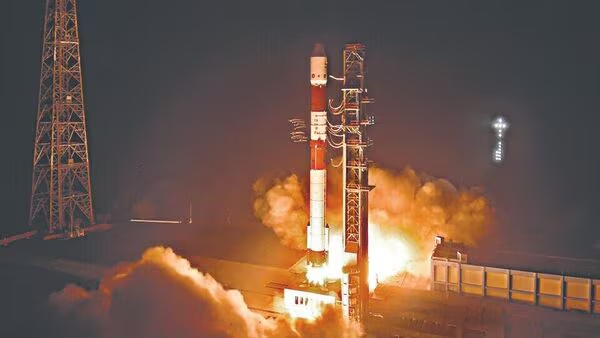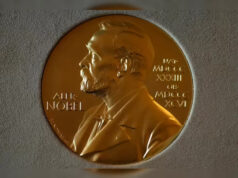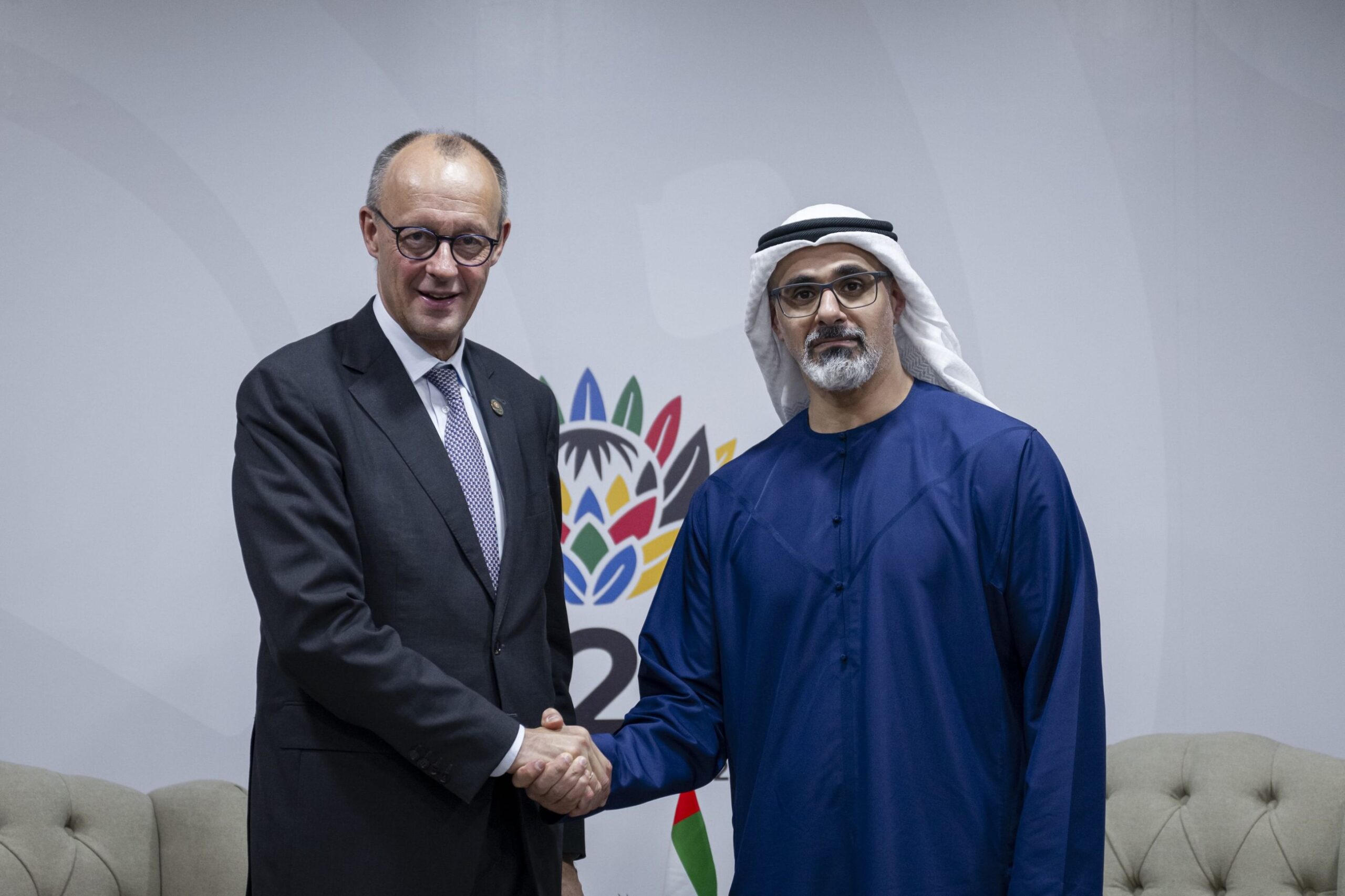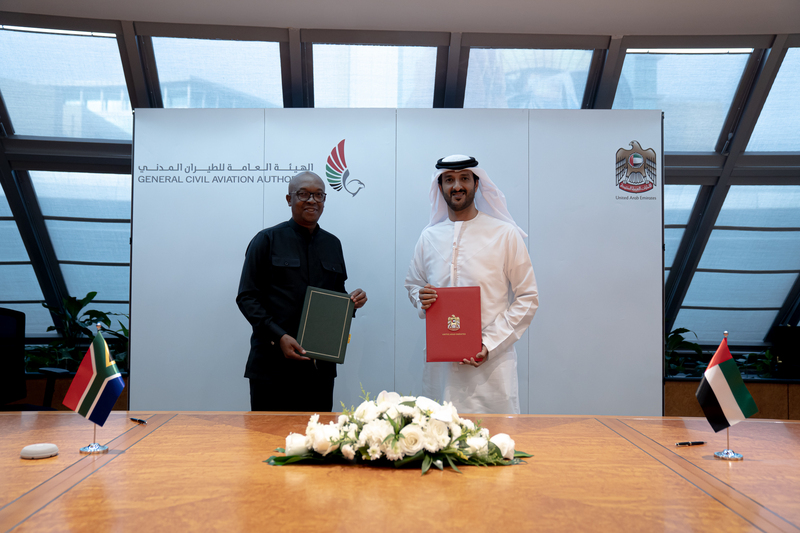Indian Space Research Organisation’s (ISRO) space journey has been marked by relentless pursuit of scientific excellence and innovation. ISRO has consistently pushed boundaries, establishing itself as a global player in space exploration. In a landmark achievement ISRO recently conducted an experiment stimulating life in space, a significant step towards manned interplanetary missions. This experiment not only is a breakthrough in Indian space science but also underscores the nation’s commitment to exploring space agriculture.
ISRO announced that the cowpea seed that was sent onboard the PSLV-C60 as part of the PSLV Orbital Experiment Module (POEM-4) platform, has germinated under microgravity conditions within four days of the launch of the mission. The experiment involved creating a controlled environment mimicking favorable conditions to grow plants. The successful mission utilized the Compact Research Module for Orbital Plants Studies (CROPS) developed by Vikram Sarabhai Space Centre (VSSC), which functions as an automated system specifically created to research seed germination and plant survival in microgravity conditions.
The successful germination of cowpea seeds within four days, with leaf development, represents a significant scientific advancement. This breakthrough underscores the necessity of studying plant behavior in microgravity for developing regenerative life support systems. This development presents significant potential for future space expeditions, particularly for extended missions and establishing human settlements on other celestial bodies. The mission encompasses 24 sophisticated payloads, developed jointly by ISRO and academic institutions, showcasing India’s expanding space research capabilities. CROPS is designed as a multi-stage initiative aimed at establishing sustainable space-based agriculture methods.
The Role of Space Agriculture
Space agriculture focuses on growing crops in a controlled environment beyond Earth. It is crucial for sustainable long-term space exploration, as it reduces reliance on earth-based resupply missions. By enabling astronauts to grow their food, space agriculture ensures self-sufficiency, minimizes costs, and improves mission efficiency. When crews venture further into space, travelling for months or years the vitamins in the resupply shipment start to break down over time which can be harmful to the astronaut’s health. Space farming also ensures human’s ability to survive and thrive on Earth and in space.
ISRO’s experiment provides insights into the conditions necessary to support plant growth in a space-like environment including factors like microgravity, radiation, and closed-loop systems. Space agencies around the world are trying to find a way to provide nutrients to the astronauts in a long-lasting, easily absorbed form. The challenge is how to do that in a closed environment with sunlight or the Earth’s gravity.
Benefits for Earth-based Agriculture
Technologies and insights used by ISRO can also revolutionize agriculture on Earth-
- Climate-resilient farming- Techniques for growing crops in extreme conditions such as low light, and limited water can be applied to arid and drought-prone areas.
- Vertical farming- controlled environment agriculture a key feature of space farming aligns with urban vertical farming practices, helping maximize food production in limited space.
- Recycling technologies- closed loop systems for water and nutrient recycling can enhance sustainability in traditional farming.
ISRO’s successful life-in-space experiment marks a significant milestone in space exploration and agricultural science. The germination of cowpea seeds in microgravity highlights the potential for growing crops in space, which is crucial for the success of long-term space missions and human settlement on other celestial bodies.









